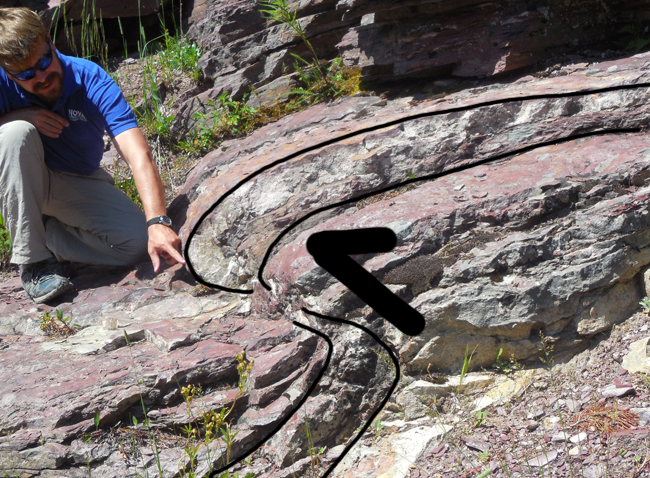Viewing the Sea Point migmatite through the lens of GigaPan
It was five years ago when I first visited Sea Point, the outcrop on the coast of the Cape Peninsula where the Cape Granite (~540 Ma) intrudes the (meta-)sedimentary rocks of the Malmesbury Group. The outcrop is (a) beautiful and evocative, and (b) of historical importance, as Charles Darwin visited it while on the voyage … Read more


